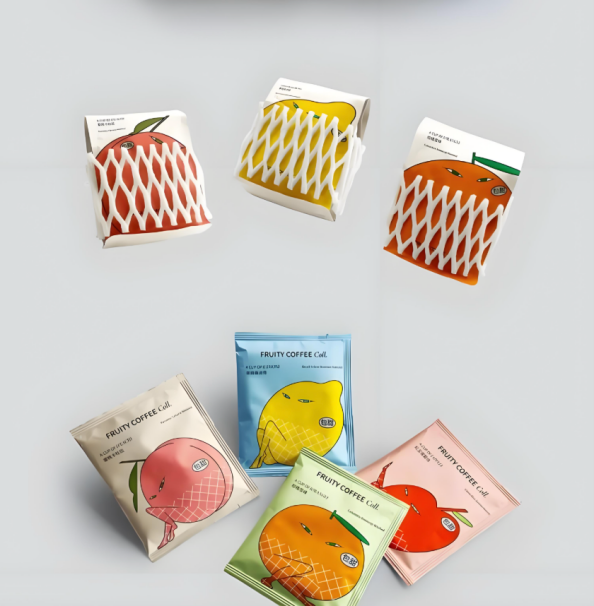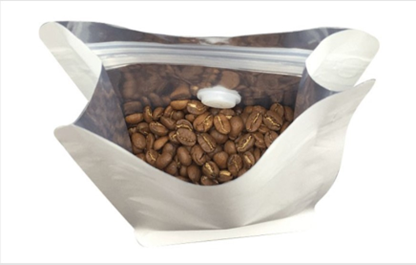How to Choose Materials for Flexible Packaging Product Design?
In the food, beverage, and coffee industries, packaging serves not only to protect product freshness but also as a bridge between brands and consumers. Choosing the right flexible packaging material often determines a product's successful market entry. However, faced with complex material properties and regulatory requirements, how can brands make informed decisions?
Materials not only determine a package's barrier properties, shelf life, and printing quality, but also directly impact food safety and environmental compliance. As a dedicated partner for coffee and food flexible packaging, MTPAK has extensive experience in proofing and implementation, providing solutions for roasters, food and beverage brands, and direct-to-consumer (DTC) merchants. This article provides a comprehensive guide to material selection.
Why is material selection the core of packaging design?
The choice of materials determines whether packaging can protect the flavor and freshness of food on shelf. For example, if the packaging's barrier properties are insufficient, coffee beans can oxidize and lose their flavor in just three months, diminishing the consumer experience. Furthermore, food safety regulations require that the inner layer of packaging must not migrate harmful substances. Therefore, materials commonly used in the supply chain, such as PE and PP, must be approved by the FDA or European Food Grade Requirements.
Beyond food safety and flavor preservation, materials also directly impact a brand's environmental performance. The EU's new PPWR (Packaging and Packaging Waste Regulation) clearly stipulates that by 2030, all packaging placed on the market must be recyclable (with certain exceptions subject to review before January 1, 2035), meet "design for recycling" criteria, and specify recyclability performance levels. For food brands seeking to enter European retail channels, this means that material selection is not just a technical issue; it's a prerequisite for market access.
How to judge common flexible packaging materials?
In MTPAK's experience, the most common flexible packaging materials can be roughly divided into the following categories, each with its own application scenarios.
Polyethylene (PE) is the most common food contact material. It is flexible, easily heat-sealable, and provides basic moisture protection for packaging. It is often used as the inner layer of packaging bags for direct contact with food, such as coffee beans, nuts, or snacks.
Polypropylene (BOPP/OPP/CPP) is known for its high transparency and good stiffness. For products like potato chips, biscuits, and tea that need to display the contents or maintain a flat package, BOPP is often the ideal outer layer. However, its limitation lies in its narrow heat-sealing temperature zone, which requires precise control on high-speed packaging machines.
Polyethylene terephthalate (PET) boasts strength and heat resistance, and is often used as an outer layer to enhance packaging stiffness and printing quality. While PET does not come into direct contact with food, it provides support and protection for the entire structure. It's important to note that PET/PE composite bags are often considered "inseparable composite materials" in traditional recycling systems, a direction that requires future optimization.
For products with extremely high barrier requirements, aluminum foil or metalized film remains a classic solution. They offer near-perfect barrier properties against oxygen and water vapor, making them widely used in powdered milk, coffee, and milk tea. However, aluminum foil's drawbacks include added weight and difficulty in recycling, making it incompatible with environmental goals in some markets.
At the same time, new sustainable materials are emerging. For example, PLA, due to its compostability, is suitable for e-commerce fast-moving consumer goods packaging. MDOPE (a single-material composite PE film produced using MDO technology) has the potential to replace PET as a key material for future single-material packaging due to its stiffness and barrier properties.
What factors need to be considered when selecting materials?
In practice, MTPAK recommends evaluating packaging from four perspectives:
1. Food safety compliance
Packaging must comply with the regulations of the target market. For example, US FDA 21 CFR 177.1520 clearly defines the conditions for the use of polyethylene in food contact applications; European Union Directive (EU) No. 10/2011 requires manufacturers to provide a Declaration of Conformity (DoC) and migration test reports.
2. Barrier Performance and Shelf Life
Different foods have vastly different barrier requirements. For example, for roasted coffee beans, European and American market technical recommendations dictate that aluminum foil composite films require an OTR of less than 1 cm³/m²·day and a WVTR of less than 1 g/m²·day to maintain flavor. In contrast, candies and puffed foods can tolerate higher permeability.
3. Environmental and Sustainability Goals
The EU's draft PPWR requires all packaging to be recyclable, allowing for the gradual replacement of traditional packaging with newer packaging solutions. For brands seeking to highlight ESG values, proactively planning for sustainable materials is key.
4. Process Compatibility and User Experience
The material must be compatible with the existing production line's process conditions to ensure smooth heat sealing, printing, and processing. Different resin types have varying heat sealing properties and processing requirements, so the production line conditions and processing methods should be fully considered when selecting materials.
Conclusion
Selecting flexible packaging materials is inherently a balancing act: meeting food safety and shelf life while also balancing environmental regulations and cost control. Different products have different requirements.
As a long-standing supplier specializing in flexible packaging, MTPAK has provided comprehensive support, from sample production and testing to large-scale implementation, to hundreds of coffee roasters and food and beverage brands.
If you are hesitant about material selection, please contact us for free samples and professional consultation.
Email:account@mtpak.com
Contact us:https://mtpak.com/contact-mtpak




